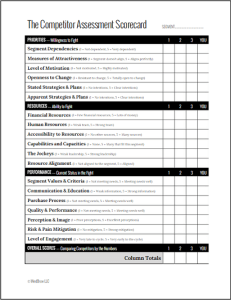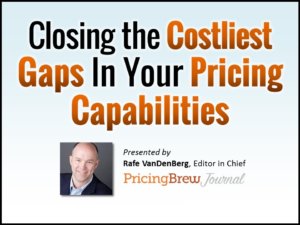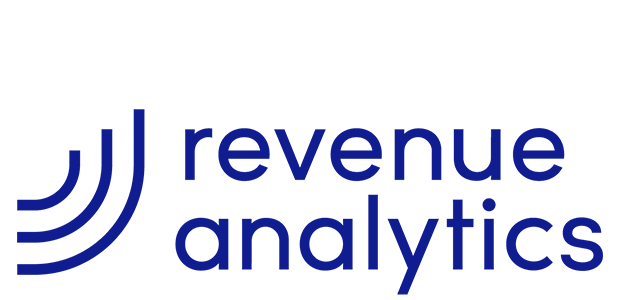In recent months, the minimum wage debate has been all over the news. And frankly, the discussions I’ve witnessed on TV remind me of some of the business meetings I’ve had to sit through over the years.
You know the kind of meetings I’m talking about…where you try to keep a straight face as people who know absolutely nothing about an issue nevertheless feel compelled to pontificate at-length about it…and with absolute certainty and conviction, no less!
Now, I have no desire to argue the merits of either side of the minimum wage debate. But I do find it interesting how many parallels there are between this debate and our day-to-day work in B2B pricing.
For example, there’s the price-volume dynamic…
Much of the minimum wage debate is around what will happen to the demand for workers when the price of those workers is increased. Some argue that the demand for workers is elastic and therefore the volume of jobs will necessarily go down as prices move up. Others argue that demand for workers is inelastic and as such, the volume of jobs won’t change significantly as prices increase.
Part of the debate is also related to price segmentation…
Minimum wage legislation at the federal level covers every job in every city, state, and territory. Some argue that because this “one size fits all” pricing of labor fails to account for the economic differences between various parts of the country, the most “price sensitive” geographies will lose the greatest volume of jobs. Others argue that because demand for workers is inelastic, the economic differences between various parts of the country are largely the result of labor prices being too low in those geographies.
And of course, there’s the debate itself…
No one engaged in the debate seems to know for certain whether demand for workers is elastic or inelastic. No one on TV seems to know whether the various labor markets across the country are “price sensitive” and to what degree. No one seems to know anything concrete about what will actually happen to volume when prices go up.
And all of these uncertainties leave the door wide open for debates based on little more than conjecture, anecdotes, politics, and emotions.
Does any of this sound familiar? Of course it does. If you’re a pricing professional in a B2B environment, you’ve probably witnessed this type of debate too many times to count.
When you think about it, emotional and political debates are really only possible when there’s no empirical data to establish the objective truth of the matter. And that’s one of the reasons I’m constantly beating the drum about measuring price elasticity…I’m absolutely terrible at keeping a straight face 🙂














